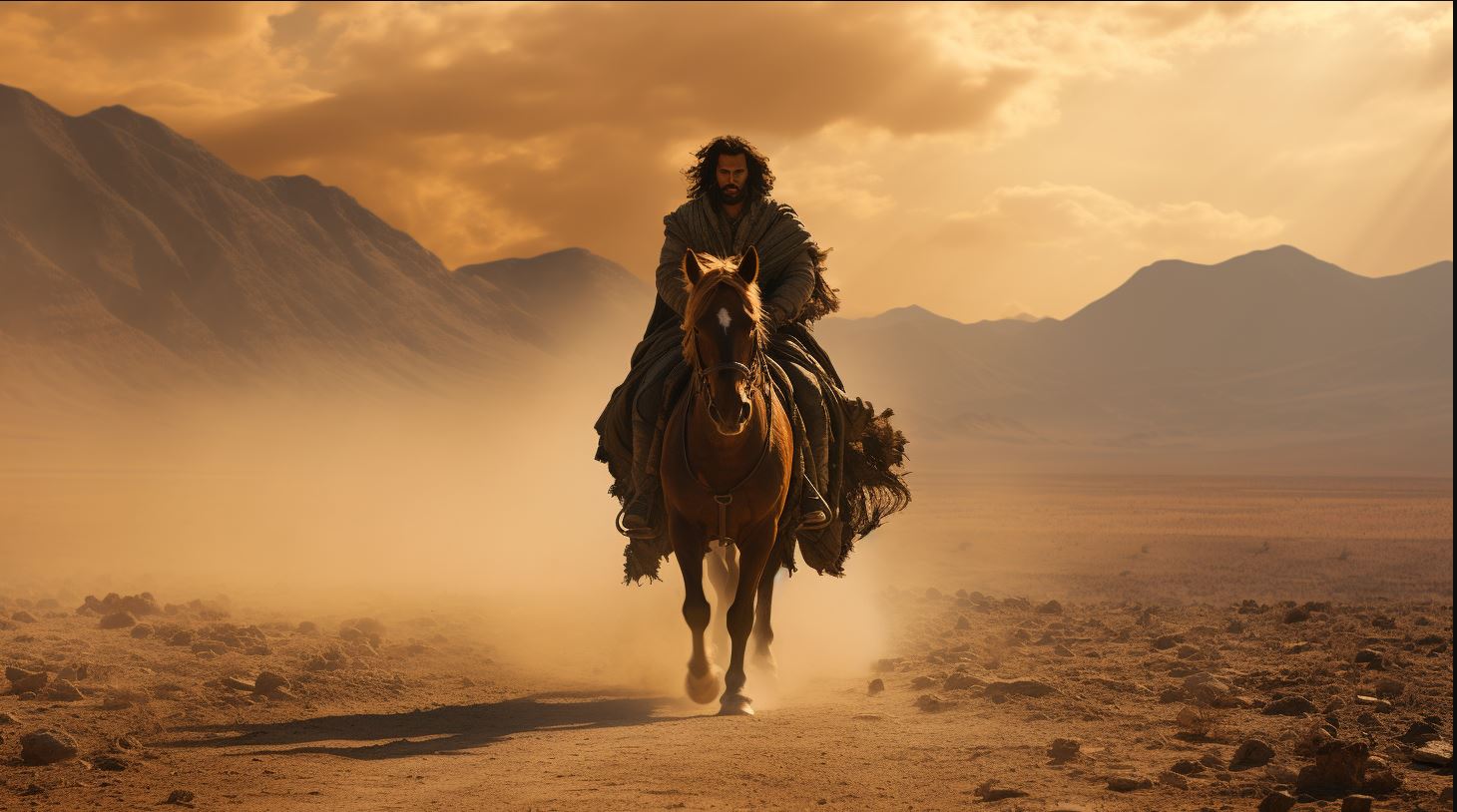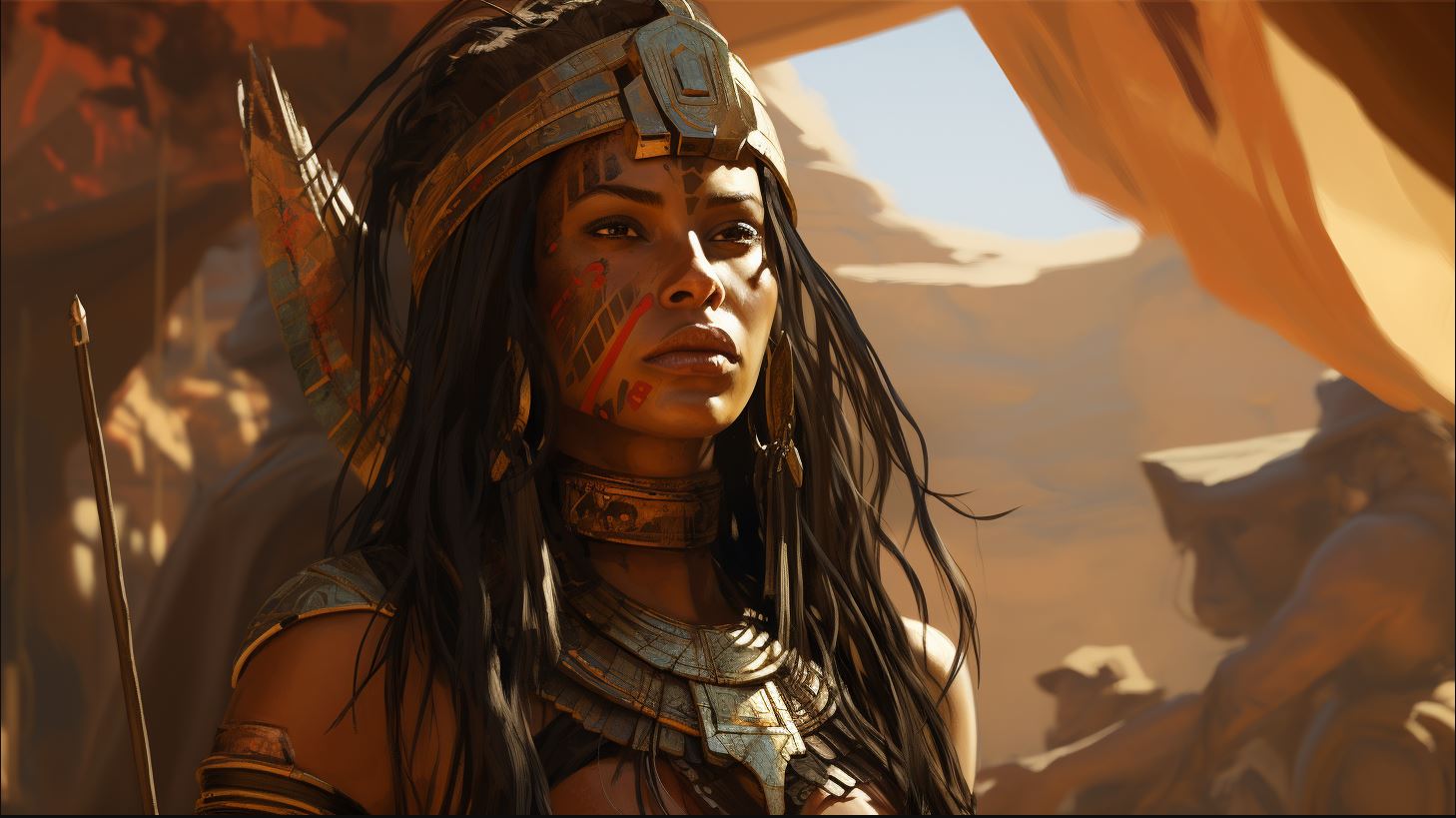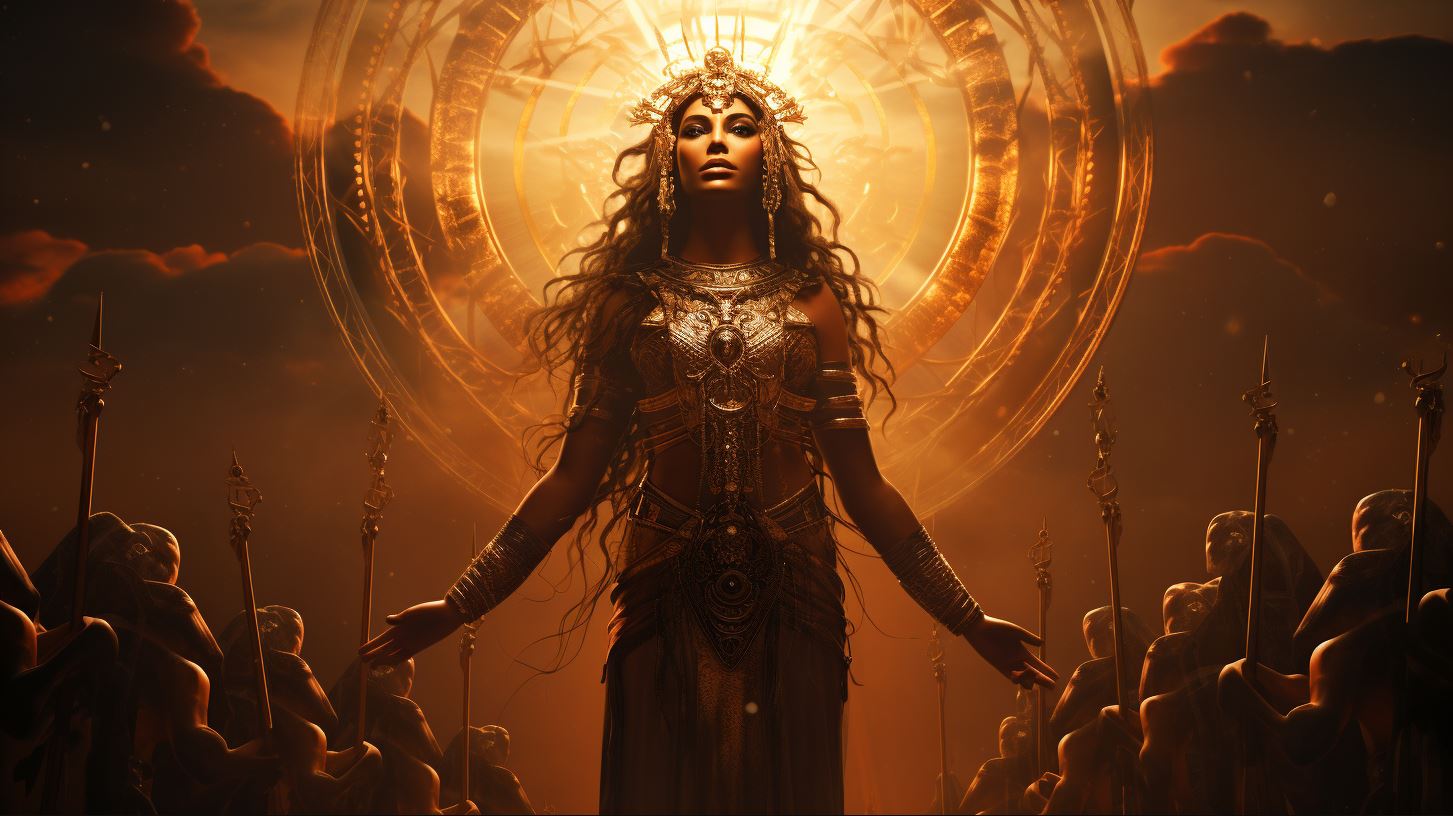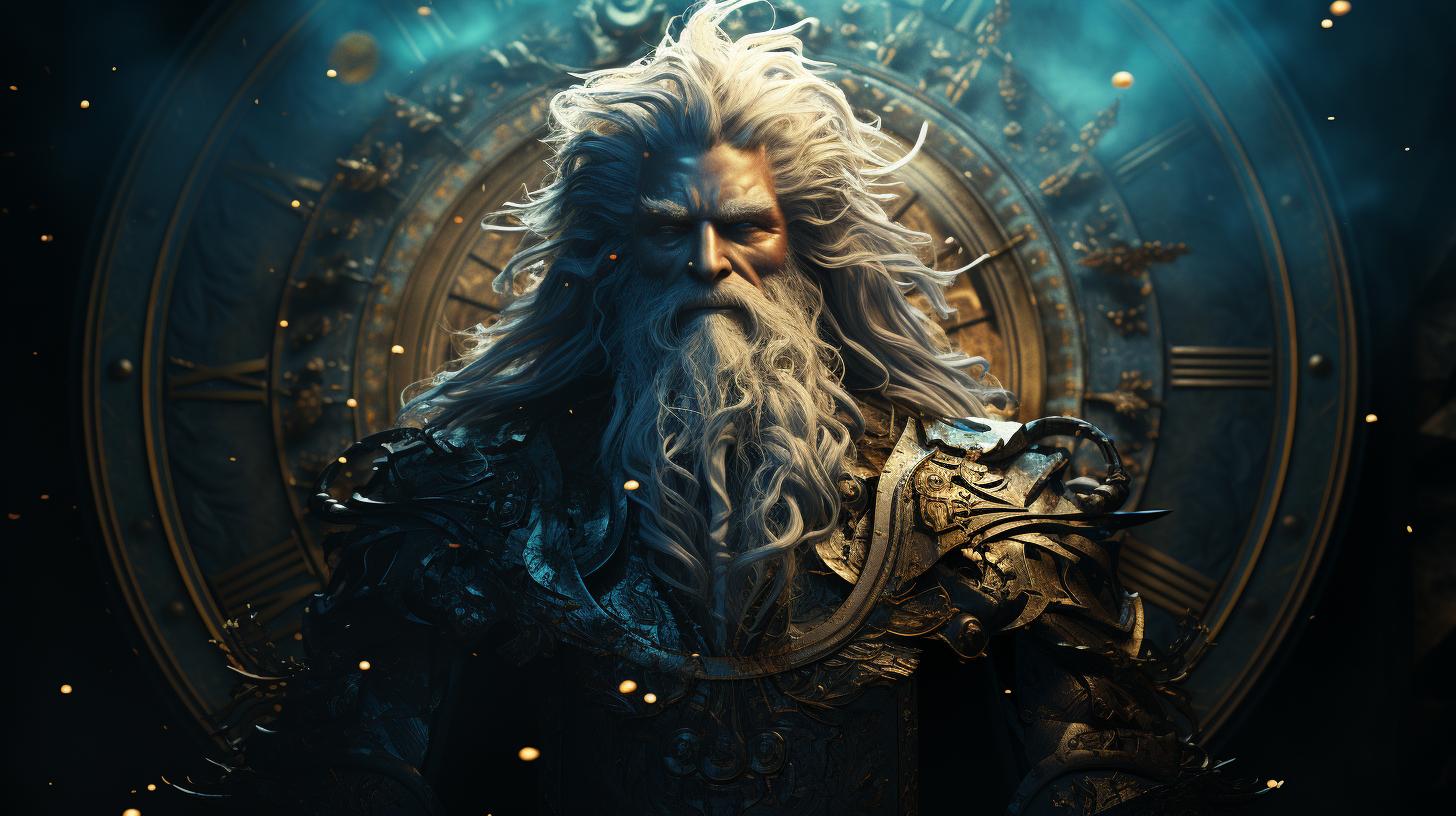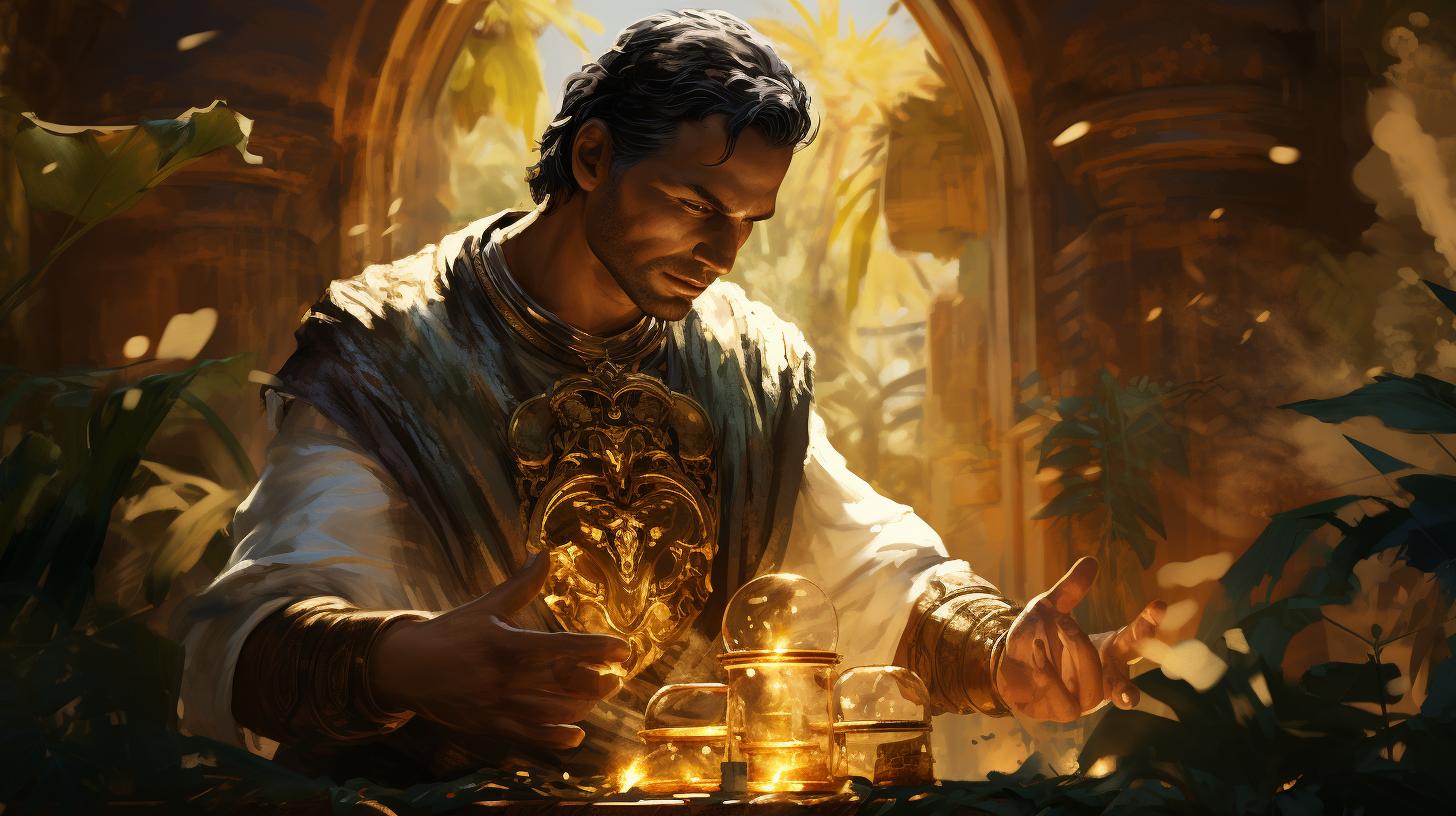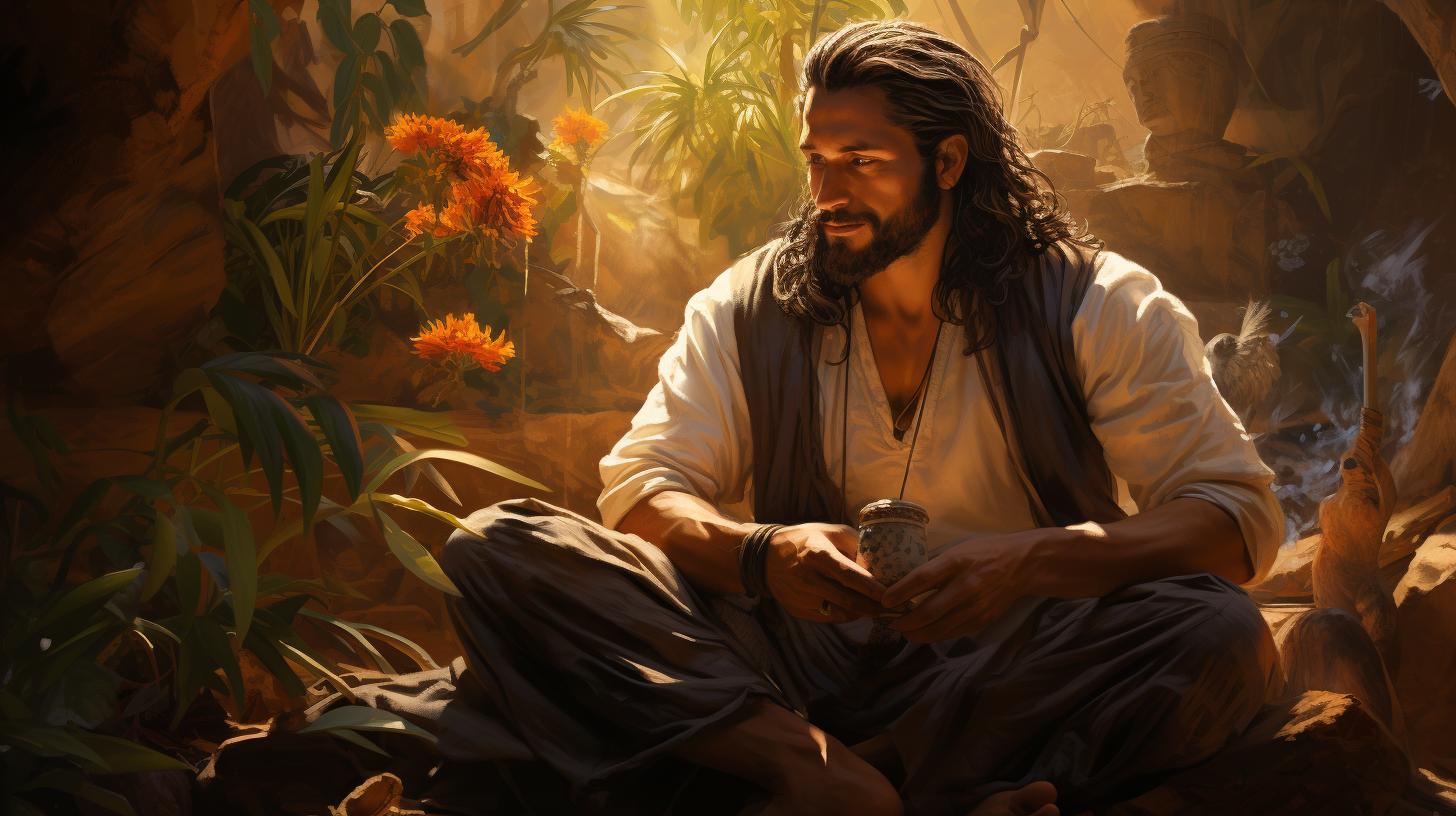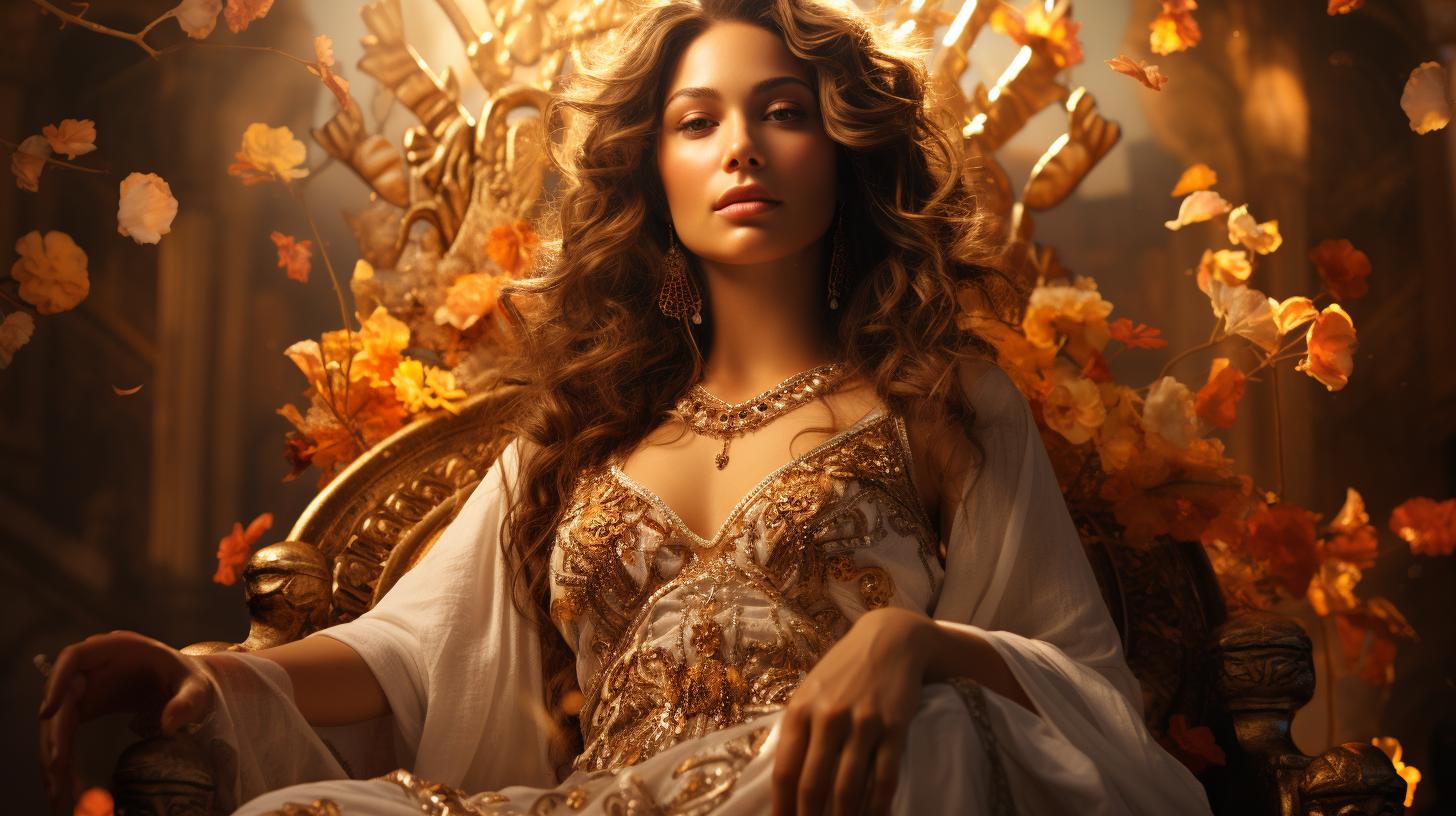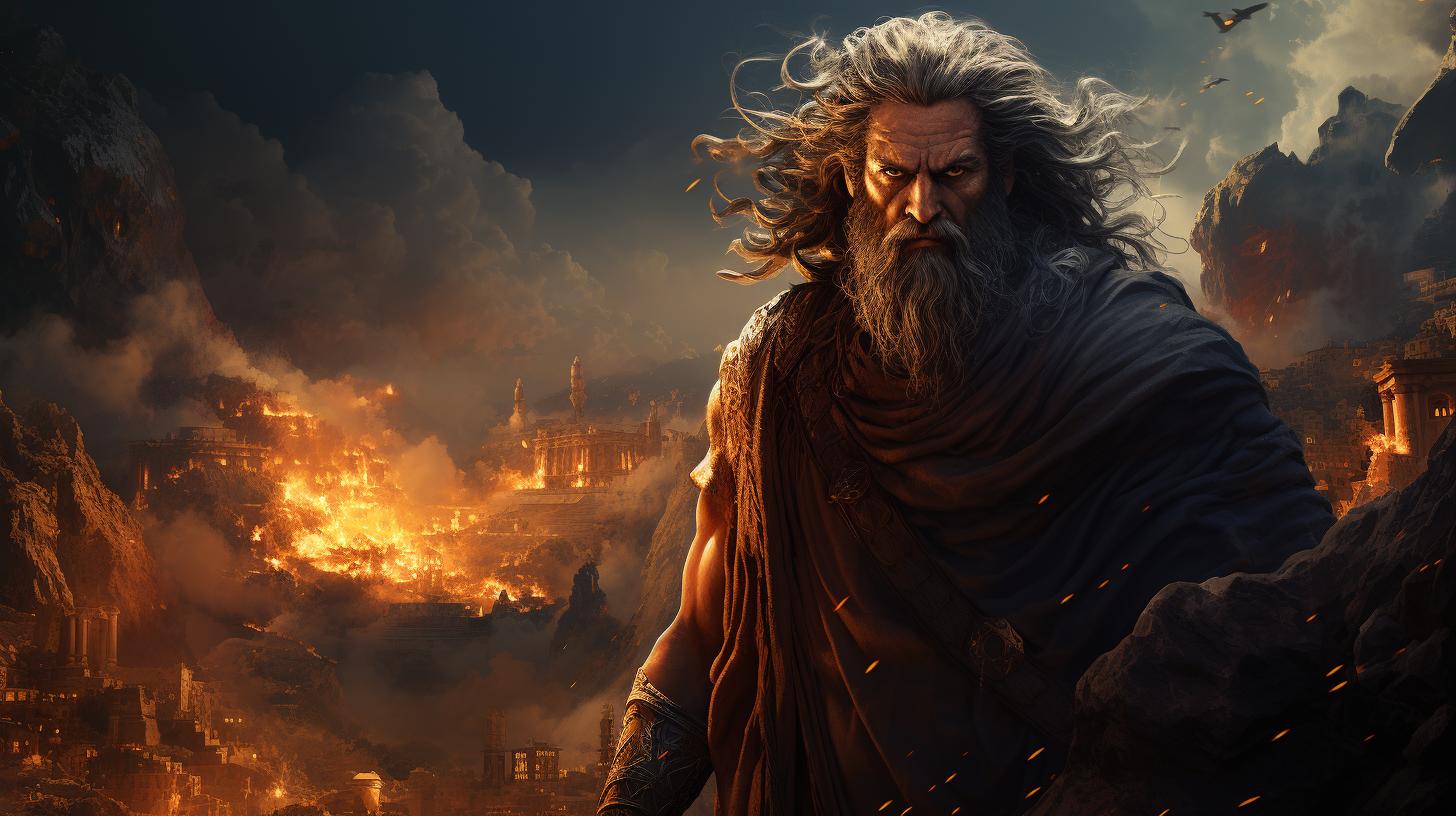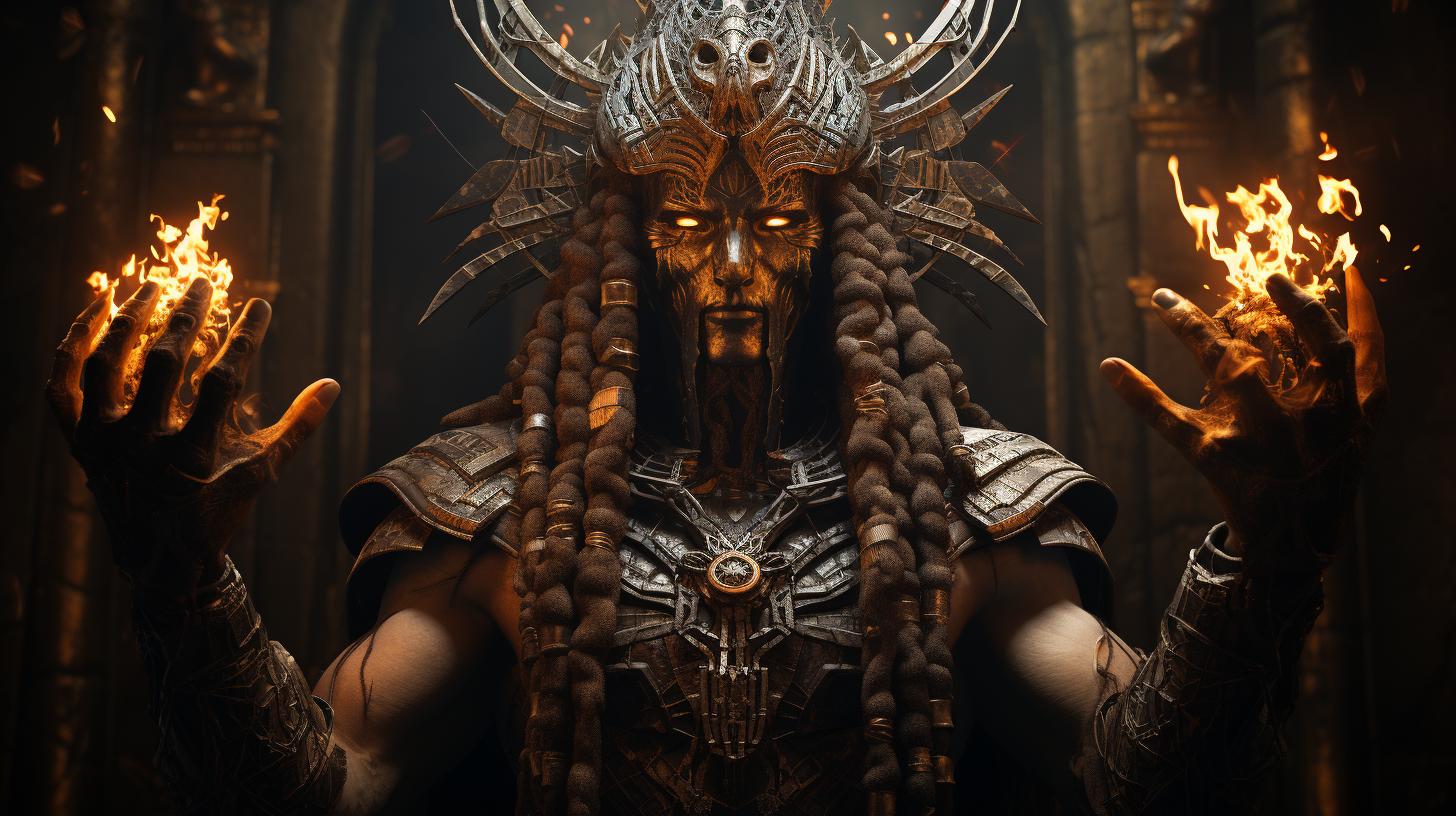Arsu God: Unveiling the Enigmatic Deity from the Dura-Europos Temples
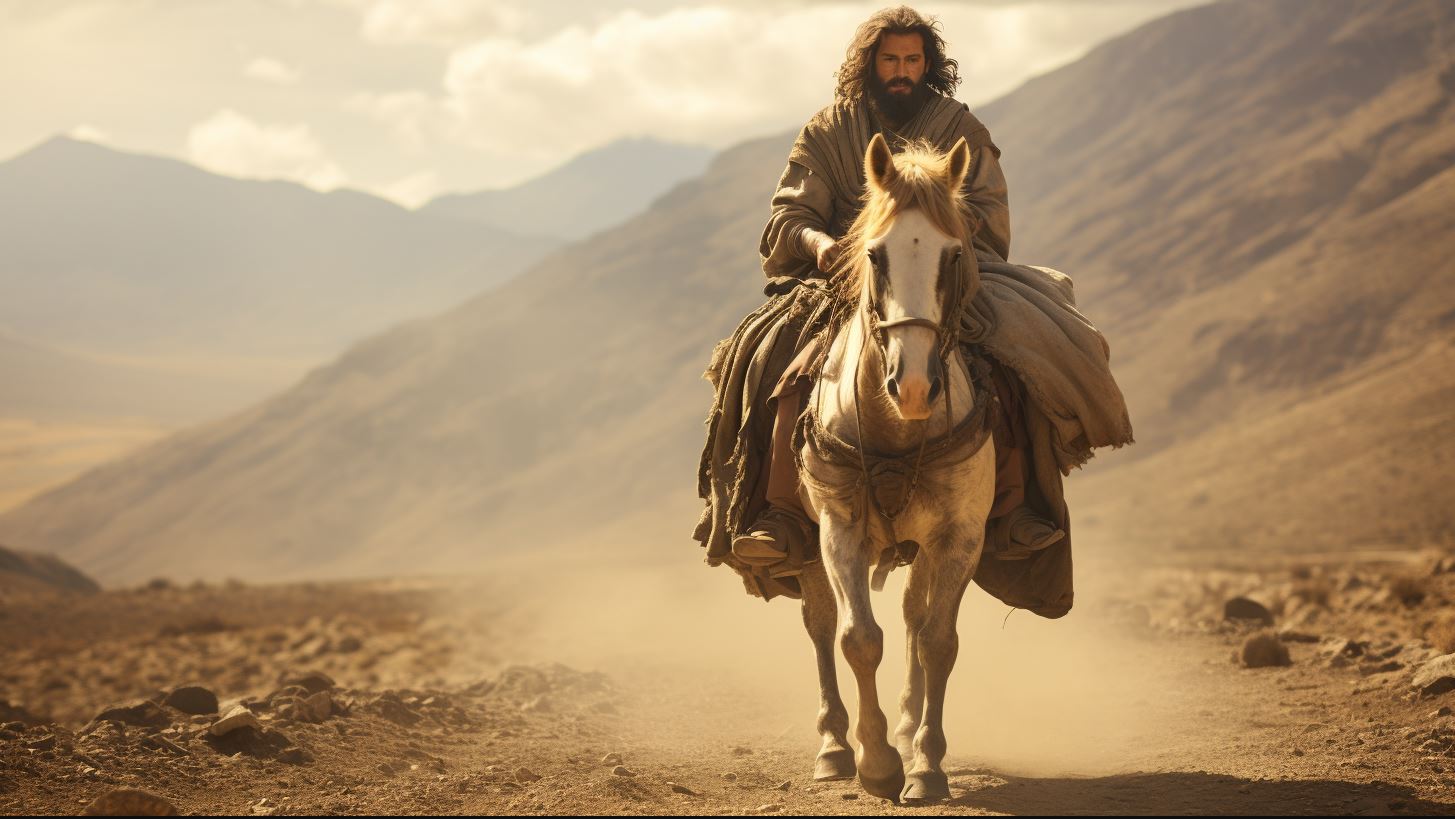
The enigmatic deity known as Arsu God emerges from the ancient temples of Dura-Europos. Represented as a gender-fluid figure riding a camel, Arsu was believed to be the protector of caravans in the Parthian era.
Its significance extended to the Roman garrison in Dura, emphasizing its military attributes. These temples, including the prominent Temple of Bel, were part of the religious landscape of Palmyra, where various gods from Greco-Roman pantheons and Semitic traditions were worshipped.
Arsu’s influence extended beyond Dura-Europos, associating it with the planet Mercury and equating it with Ruda in pre-Islamic Arabia. Unveiling the mystery behind Arsu God sheds light on its historical significance in Arab culture.
The Origins of Arsu God
The intriguing deity known as Arsu God holds a rich historical background that unravels the mysteries of ancient beliefs. Delving into the origins of Arsu, we uncover a captivating enigmatic figure deeply rooted in mythology and cultural significance.
Let us explore the various facets of Arsu’s existence, from its elusive nature to its symbolic representations and protective role in the realm of caravans.
Arsu: The Enigmatic Deity
Arsu emerges from the annals of history as a deity enshrouded in enigma. Sources depict Arsu as a gender-fluid entity, their divine essence transcending conventional definitions. This fluidity in gender roles adds another layer of intrigue to Arsu’s persona, evoking curiosity and fostering contemplation regarding the complexities of ancient belief systems.
Representation and Symbolism of Arsu
Visual representations of Arsu encapsulate the symbolic tapestry woven around this deity. A notable depiction, discovered on a limestone relief within the Temple of Adonis at Dura-Europos, portrays Arsu mounted upon a camel.
This imagery intertwines the divine energy of Arsu with the cosmic realm, as the camel represents both transport and connection to the celestial heavens. Through this representation, Arsu conveys a sense of divine guardianship and transcendence.
Arsu’s Role as a Protector of Caravans
Arsu assumes a pivotal role as the protector of caravans traversing ancient lands. As nomadic trade flourished during the Parthian era, Arsu emerged as the benevolent deity watching over the safety and success of these caravans.
The city of Dura-Europos was a religious hub where the worship of Arsu God thrived. Within its temples, Arsu held a significant place among other deities, capturing the devotion of the ancient inhabitants.
Let’s explore the different facets of Arsu’s presence in Dura-Europos.
Arsu and the Temples of Dura-Europos
Arsu’s prominence can be witnessed in the diverse temples found in Dura-Europos. These sacred sites served as centers for Arsu’s worship, attracting devotees from far and wide. The architectural grandeur of these temples itself attests to the significance of Arsu in the religious life of the city.
Unveiling Arsu’s Connection to Military Influence
Delving deeper into the cult of Arsu in Dura-Europos, we discover a fascinating link between Arsu God and military affairs. The presence of Roman garrisons contributed to a unique blend of religious veneration and military practices.
Arsu’s association with protection and safeguarding caravans extended to encompass a distinct militaristic aspect within the confines of Dura-Europos.
Arsu’s Association with the Evening Star
Arsu’s symbolic representation goes beyond mere militaristic and protective attributes. The deity is also connected to the evening star, further enriching its divine persona. The celestial connection deepens the mystique surrounding Arsu, evoking awe and reverence among its followers in Dura-Europos.
Through the exploration of Arsu God in Dura-Europos, we gain invaluable insights into the religious and cultural tapestry of the ancient city. The veneration of Arsu amidst the temples, its intersection with military influences, and the celestial ties fostered a unique religious experience for the people of Dura-Europos.
The Religious Landscape of Palmyra
Palmyra boasted a vibrant religious landscape, steeped in polytheistic practices and encompassing various cultural influences. The worship of Greek-Roman gods intertwined with the reverence for indigenous deities, creating a rich tapestry of religious beliefs and rituals.
In Palmyra, the religious traditions were deeply rooted in the polytheistic customs of the ancient world. The inhabitants of this city engaged in elaborate rituals, which involved the offering of sacrifices, both animal and vegetal, to appease and seek favor from the gods.
Deities such as Zeus, Hera, Apollo, and Aphrodite were revered alongside their Roman counterparts like Jupiter, Juno, Mars, and Venus. Temples dedicated to these gods stood as magnificent structures, serving as focal points of worship and gathering for believers.
Significance of Temples in Palmyra: Temple of Bel and Others
Among the temples that adorned Palmyra, the Temple of Bel held a position of utmost importance. This grand sanctuary, dedicated to the god Bel (Baal), stood as a testament to the city’s religious devotion.
Its architectural magnificence and vast courtyards exemplify the significance of the temple in the religious and cultural life of the community.
Additionally, Palmyra featured several smaller sanctuaries, shimmering with their unique religious charm.
These sanctuaries were dedicated to various deities, both local and foreign, serving as important sites for worship and contemplation.
The existence of a diverse religious landscape in Palmyra underscores the cosmopolitan nature of the city, where cultural syncretism and religious tolerance flourished.
This melting pot of beliefs shaped the spiritual fabric of the community, fostering a sense of unity amidst the diversity of gods worshipped and rituals performed.
Arsu God Beyond Dura-Europos
In addition to its significance in Dura-Europos, Arsu God’s influence extended beyond the ancient town. This section explores Arsu’s connection to the planet Mercury and its equivalence with Ruda in pre-Islamic Arabia.
Arsu’s Connection to the Planet Mercury
Arsu, the enigmatic deity, was not only associated with the evening star but also held a special connection to the planet Mercury. Arsu’s celestial association with Mercury elevated its divine status , symbolizing its influence over communication, trade, and movement across vast regions.
This connection suggests a deeper cosmic significance attached to Arsu’s role as the protector of caravans.
Arsu’s Equivalence with Ruda in Pre-Islamic Arabia
Outside Dura-Europos, Arsu’s worship expanded into other regions of pre-Islamic Arabia. It is fascinating to discover that Arsu was equated with Ruda, a deity worshipped in different parts of Arabia.
This equivalence suggests a connection between various cultural beliefs and a shared understanding of Arsu’s attributes and importance in both regions.
Through Arsu’s connection to the planet Mercury and its equivalence with Ruda, we gain valuable insights into the widespread veneration of this enigmatic deity beyond the borders of Dura-Europos.
The cultural significance and symbolism associated with Arsu highlight its multifaceted role in pre-Islamic Arabian traditions and its enduring impact on ancient societies beyond the city’s confines.
Unveiling the Mystery: Arsu God’s Historical Significance
The historical significance of Arsu God extends beyond its association with Dura-Europos.
Let us delve into the role of Arsu in pre-Islamic Arab culture and explore the implications and influence of Arsu God’s cult in Dura-Europos.
Arsu God’s Role in Pre-Islamic Arab Culture
In pre-Islamic Arab culture, Arsu God held a significant position, captivating the imaginations of the people.
As a deity associated with the evening star and known for riding a camel, Arsu symbolized various aspects of life and spirituality.
- Protector of Caravans: Arsu’s role as the guardian of caravans in Dura-Europos reflected its importance in trade and transportation across the Arabian Peninsula.
Its divine presence assured safe journeys and successful caravan ventures.
- Gender Fluidity and Diversity: Arsu’s representation as a gender-fluid deity challenged societal norms and highlighted the acceptance of diverse expressions of identity in pre-Islamic Arab culture.
- Cultural Exchange: The introduction of Arsu’s cult in Dura-Europos during the Parthian era signifies the cultural exchange and influences between different regions, enriching the religious landscape of the city.
Implications and Influence of Arsu God’s Cult in Dura-Europos
The cult of Arsu God had far-reaching implications and exerted a profound influence on the religious and social fabric of Dura-Europos.
- Spiritual Connections: Arsu’s association with the planet Mercury showcased its link to celestial bodies and cosmic forces, elevating its divine status and deepening the spiritual beliefs of its worshippers.
- Military Significance: The emphasis on Arsu’s military characteristics within the Roman garrison in Dura-Europos demonstrates the integration and adaptation of religious practices within military contexts, forging a unique blend of beliefs and traditions.
- Local Identity and Identity Negotiation: Arsu’s presence in Dura-Europos allowed for the negotiation of local identity through the incorporation of an external deity, contributing to the multicultural tapestry that defined the city’s character.
Unveiling the mysterious historical significance of Arsu God sheds light on the diverse religious and cultural landscape of pre-Islamic Arab societies, showcasing how belief systems played an integral role in shaping communities and individual identities.
…

